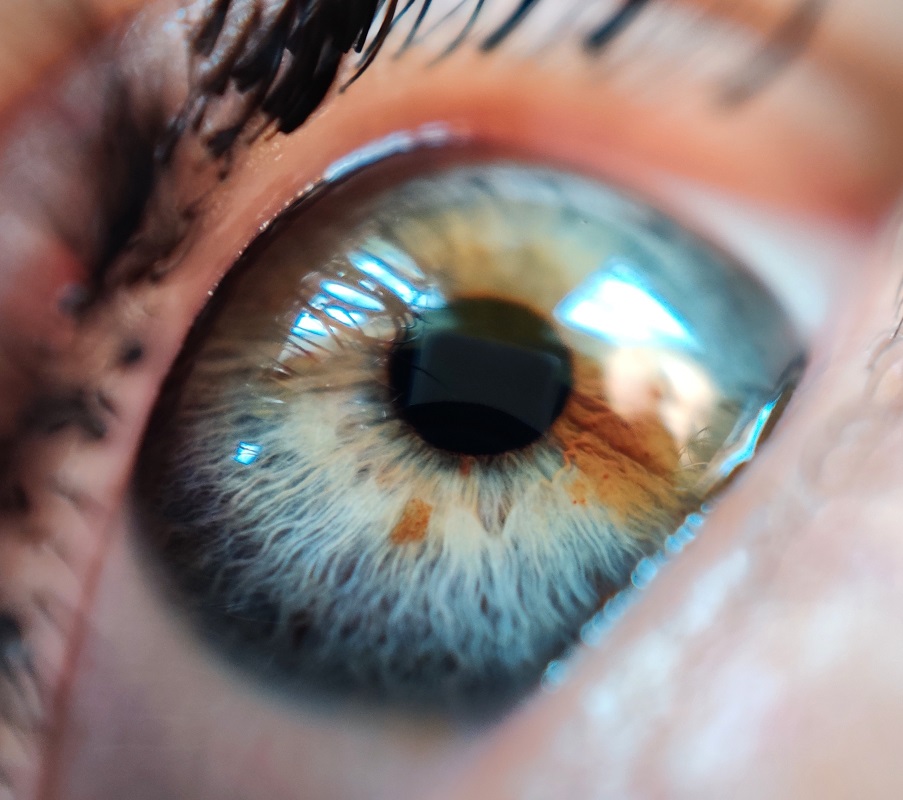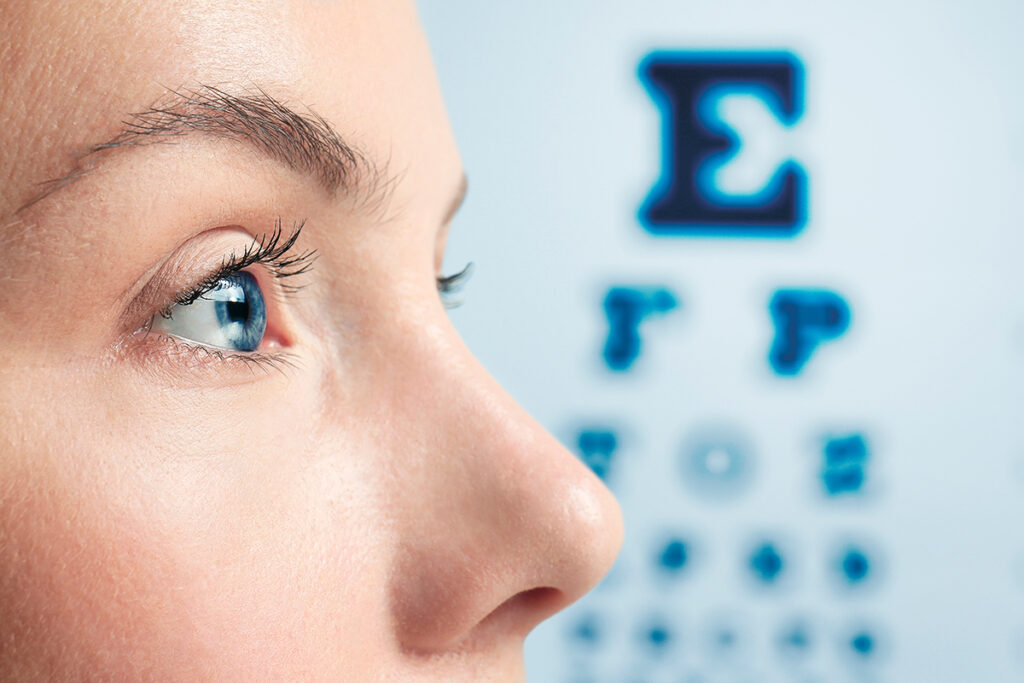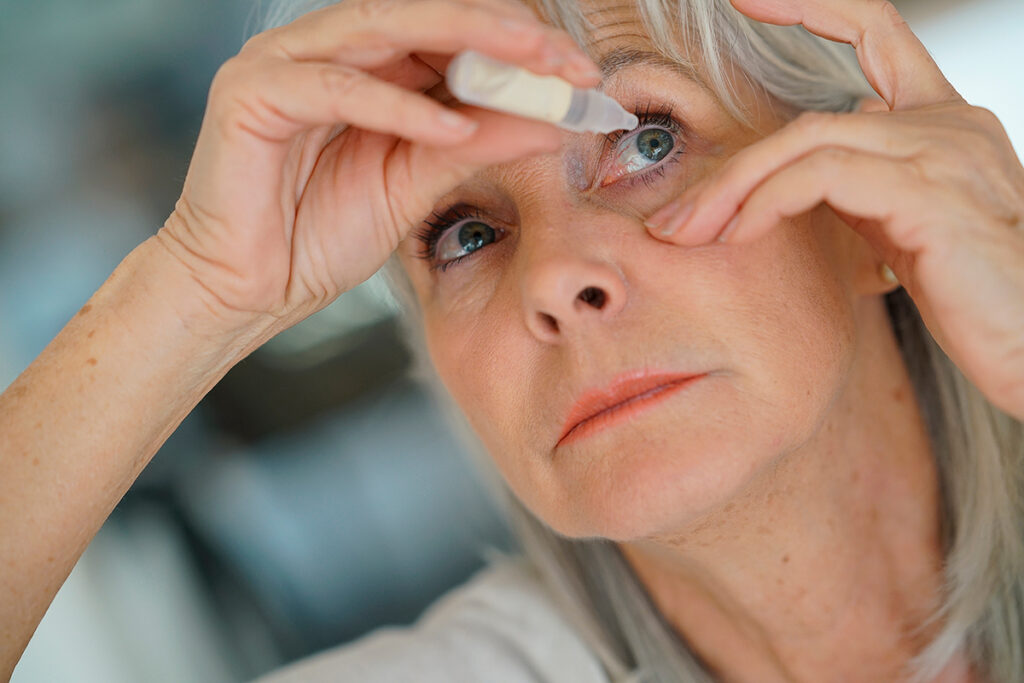In the mid-90s, ophthalmologists identified dry eyes as a separate disease that causes discomfort and visual impairment. Active research on this condition has begun, and the number of scientific publications has doubled in 10 years.
In 2007, dry eye disease was recognized as a complex multi-factorial disease. The disease affects the tear film, lacrimal and meibomian glands, cornea, conjunctiva, and eyelids. The disease can be caused by an abnormality of the eyelids, defects in the eye surface, changes in lacrimal fluid composition, impaired functioning of the lacrimal and meibomian glands, sensorineural abnormalities, surgical and medicinal interventions, diet and climate peculiarities.
The main feature of the disease is focal or global instability of the tear film, loss of its homeostasis — the structure and functionality of the tear film changes.
The tear film consists of two layers. The upper layer is a lipid – it prevents evaporation and maintains the integrity of the film. The lower layer-Muco-water-protects the epithelium of the eye. It contains four types of Mucins, more than 1500 different proteins and peptides, a large set of salts.
There are two types of dry eye disease. The first is a tear deficit caused by a lack of water, and the second is increased evaporation from the eye surface. Regardless of how the infection started: with a lack of tears or its dehydration, the process of breaking the integrity of the tear film is self – sustaining. It occurs cyclically and encourages further adverse changes. As a result, the difference between water insufficiency and the aetiology of evaporation disappears.
The goal of treating dry eye disease is to break the vicious circle of tear film destruction and restore its homeostasis.
Tear-oriented therapy consists of four stages, depending on the disease period. The first stage is to follow a lifestyle that promotes eye health. The second stage is local symptomatic treatment and the use of special devices. The third stage is the medication, and the fourth is surgical treatment.
The first two stages do not require prescription drugs or special skills. They can be implemented at home.
The first stage includes hygiene of the eyelids, warm compresses on the eyes, elimination or modification of harmful drugs, and diet. Food should contain essential fatty acids (ω-3, ω-6), beta-carotene, vitamins (E, C, B, B6, D), trace elements (zinc, copper), milk, honey.
If the first stage did not bring a preferable result, and visual disturbances, inflammation of the eye mucosa and discomfort persist, then measures of the second stage are required. If you feel dry eyes, use artificial tear drops without preservatives (preservatives may be toxic). Apply nourishing ointments under the lower eyelid at night. Use protective glasses to maintain humidity and temperature, humidify your room. Remove blockages from the meibomian glands using warming and expression devices.
Timely use of simple treatment methods will help to avoid complex interventions, such as salivary gland transplantation.



